No matter how great the damage is, post-disaster relief work in Japan is carried out in a very orderly manner, with no chaos at evacuation points and no waste of relief goods.
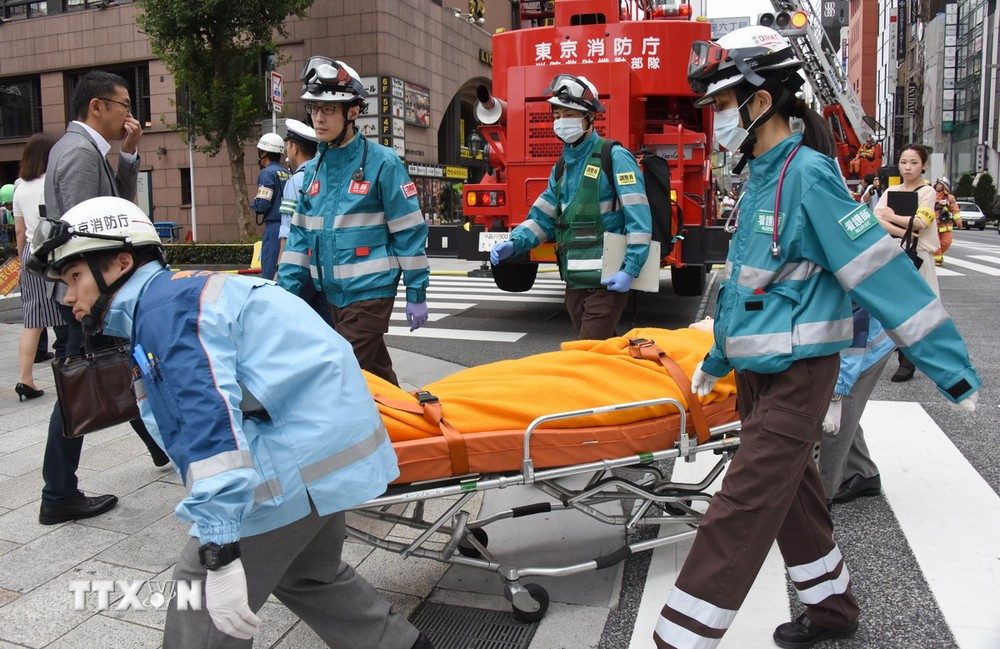
Natural disasters are common in Japan, which lies along the Ring of Fire, an arc of earthquake and volcanic activity in the Pacific Ocean.
What is remarkable about this country is that no matter how devastating a disaster is, the post-disaster relief work is carried out in an orderly manner. There is no chaos at evacuation sites and no waste of relief goods. This is the result of a long-standing policy of preparing for disaster response measures.
Sharing with reporters, Chairman of Kanto Joho Union, Mr. Kenji Nishikawa, said that from kindergarten, Japanese people have been taught lessons on how to stay as safe as possible in case of disasters, especially earthquakes.
Preschool facilities must give top priority to child safety in emergencies, as young children are unlikely to figure out how to protect themselves in such situations.
For young children, theoretical lectures are not as effective as practical actions. Therefore, through daily preparation activities and regular evacuation drills, children and staff learn firsthand what to do if a disaster occurs.
Parents are also encouraged to monitor their children's facilities from a disaster preparedness and response perspective.
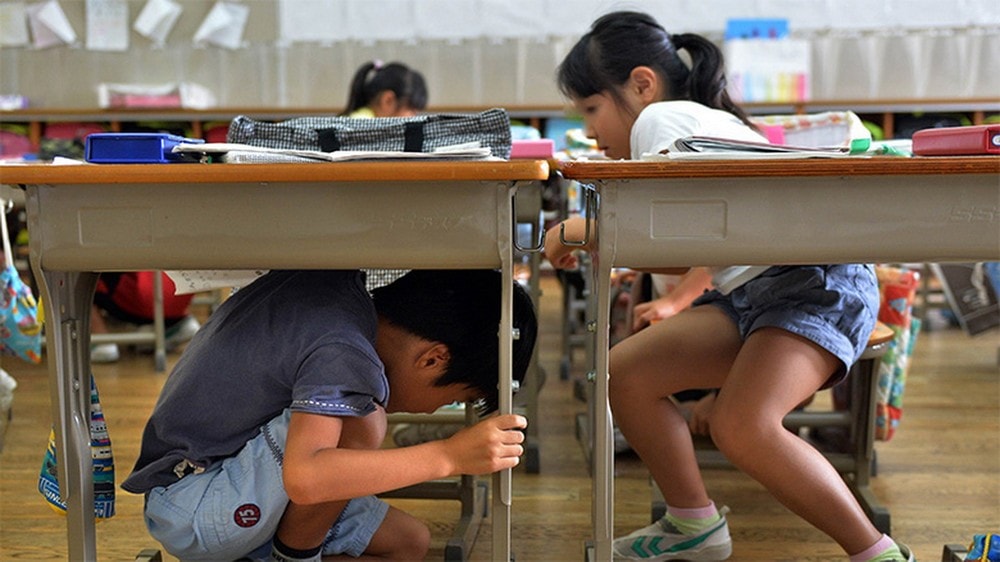
"If children practice evacuation repeatedly from around the age of 3, they will be able to take steps such as protecting their heads during an earthquake," said Kyoko Tsukigase, an associate professor at Kokushikan University specializing in emergency response.
“Without training, you won’t be able to perform in the event of a disaster,” said Mr. Tsukigase. “It’s important to improve through trial and error.”
In addition, guides on how to survive a disaster are also widely posted on official websites of the government and social organizations.
Thanks to being educated and trained from a young age in disaster response skills, Japanese people always show calmness and order after a disaster.
Horrific disasters in Japan such as the 2011 earthquake and tsunami in the Northeast, the 2016 earthquake in Kumamoto and most recently the January 1, 2024 earthquake in the Noto Peninsula... have forced hundreds of thousands of people to evacuate to temporary shelters and live for many days.
In a situation where essential items are still in short supply, the Japanese people do not panic. They line up in an orderly manner, waiting for their turn to receive relief supplies.
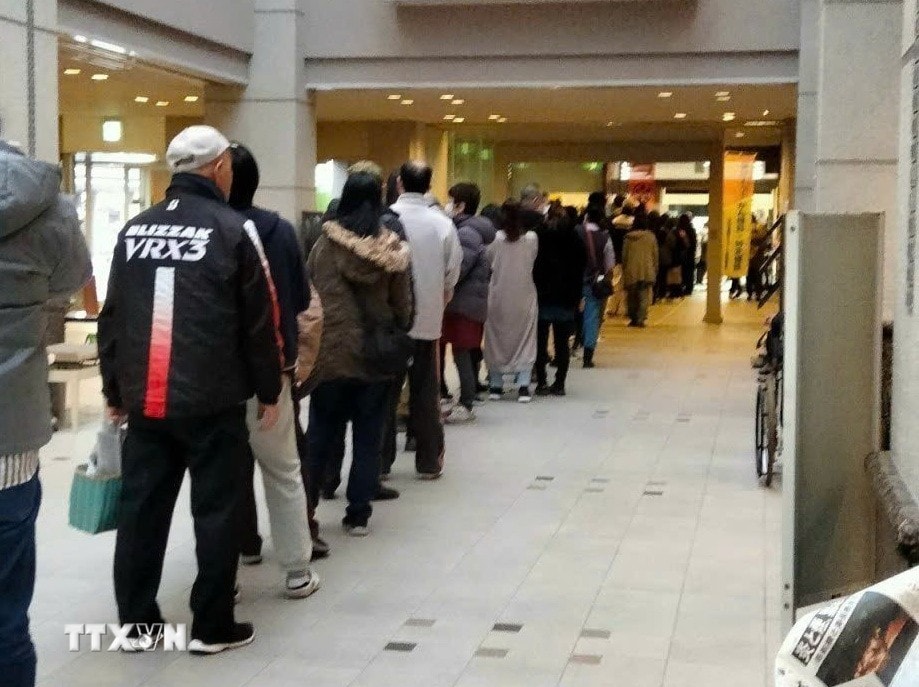
Relief operations were carried out by the Self-Defense Forces (SDF), government relief workers, the Red Cross, etc., and were carried out in a systematic manner with synchronous coordination among the forces.
In the early days after the Noto Peninsula earthquake, the governor of Ishikawa Prefecture, one of the three worst-hit prefectures, posted a call to stop spontaneous relief activities carried out mainly by foreigners.
The first is to avoid waste due to relief supplies being concentrated too much in accessible areas but not reaching isolated areas.
Second, the influx of spontaneous relief convoys will cause traffic chaos on roads into the province, affecting the government's relief operations.
Providing assistance to foreigners is also part of the disaster response guidelines. There are foreigners who, after the initial shock of experiencing the earthquake, admitted that the Japanese were very calm. They guided foreigners to the shelter, and were also willing to share with foreigners the necessities they had stockpiled.
According to experts, educating and training people in disaster survival skills is a key measure to increase their ability to save themselves and others in the event of a sudden disaster.
According to government forecasts, there is a 70% chance that a major earthquake will hit Tokyo in the next three decades, which could kill thousands of people, destroy buildings and cause power outages, disrupting gas and water supplies for days.
Officials recommend that every household stock up on three to seven days of food and water. So in addition to the obvious risks of natural disasters, there’s another potential threat in the days after power, water, and gas outages and empty grocery store shelves that follow: malnutrition.
In that context, as a country that suffers from many natural disasters, Japan has focused on promoting the production of disaster food, called saigaishoku in Japanese.
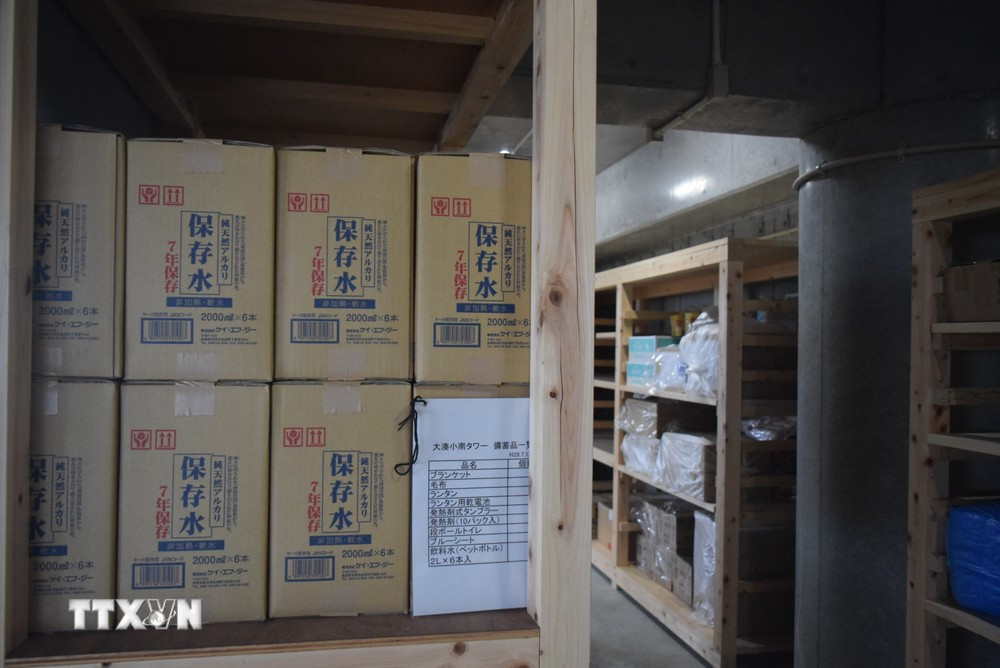
Foods included in the saigaishoku list include instant foods that do not require cooking such as instant rice, cup noodles, instant vegetables, instant curries, canned foods such as canned meat, canned fish, canned beans; dry foods that provide nutrition: cookies, chocolate candies, calorie mate bars...
Japan has a long tradition of food preservation - miso, konbu (dried kelp), niboshi (dried sardines), umeboshi (pickled plums), and kōya-dōfu (freeze-dried tofu) serve some of the same functions as saigaishoku.
However, due to the need to stockpile frequently, the Japanese needed foods with a longer shelf life than traditional dried foods.
“I’ve noticed that there are a lot more disaster-prevention foods available these days, and the public is becoming more aware of the importance of having emergency supplies at home,” said Hiroki Hara, a disaster relief expert at the Ajinomoto Foundation in Tokyo. The issue is extending the shelf life.
Onisi Foods, a Tokyo-based company, is best known for its alpha rice, a dehydrated rice that can be quickly recooked. But the military and mountaineers know that this food has a tendency to spoil quickly.
“We switched to higher-quality rice and new airtight packaging, and added oxygen-removing inserts, which extended the shelf life of the product,” said Hideaki Ito, general manager of product development at Onisi. Today, alpha rice accounts for 40 percent of total saigaishoku sales.
The surge in demand for dried rice has led to a wave of new products. Initially, it was small food brands selling familiar dishes such as beef curry, nikujaga and beef steak.
After the earthquakes that rocked Niigata Prefecture in 2004 and a major earthquake-tsunami that devastated the northeastern Tohoku region in 2011, more products appeared.
Vegetable soups, vegetable juices, stews, ramen noodles, muffins, desserts and potato chips appear alongside items for those on dietary restrictions: canned liquid formula for infants, okayu and zōsui (rice porridge) for toddlers, easy-to-swallow jelly-like chicken and fish for the elderly with swallowing difficulties, hypoallergenic strawberry-flavored rice flour cookies...
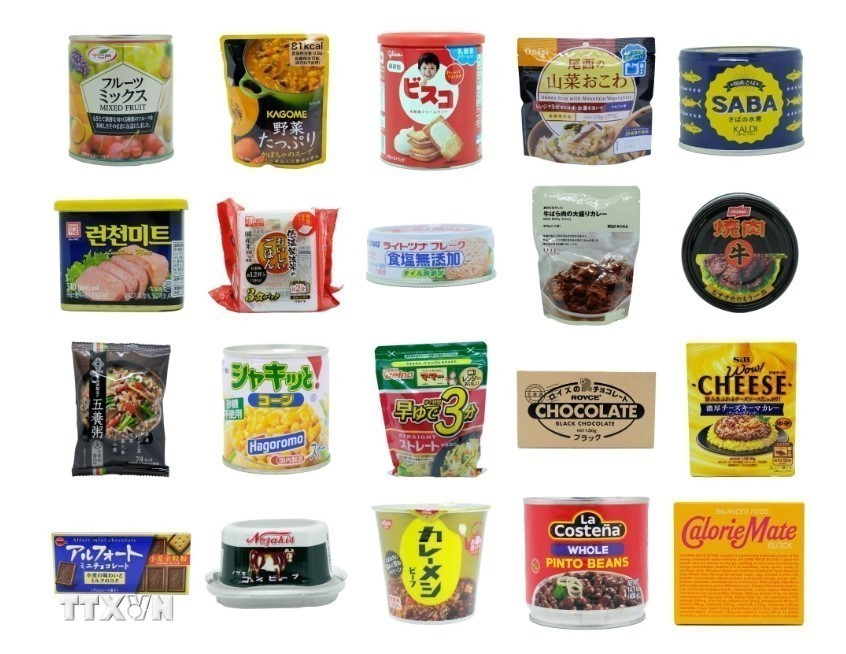
Government agencies, businesses, nursing homes and hospitals were the main buyers of all these new items. However, a series of recent earthquakes and floods, along with official calls for better disaster preparedness and the COVID-19 pandemic, have led to a shift in the market.
“During the pandemic, many consumers have been buying disaster food in case a family member gets infected with the virus and has to stay home,” said Ikuo Nishina, a spokesperson for Satake, a Hiroshima-based maker of alpha rice brand Magic Rice.
Consumers now account for about 20%, and surveys show that more than half of households in Japan have food reserves.
By 2027, sales are expected to reach nearly 32 billion yen ($210 million), double what they were a decade ago, according to the Yano Research Institute in Tokyo.
Saigaishoku has recently become popular with busy parents looking for quick weekday dinners. They can browse hundreds of recipes for making saigaishoku a daily meal on sites like Cookpad and Kurashiru, follow cooking courses and how-to guides, or get suggestions from food brands like Kagome and Ajinomoto.
This new habit is in line with the measure recommended by the Japanese government for people to periodically consume stored food so that new purchases can be made to replenish the stockpile.
Kamikawa showed the reporter a package of canned chicken and confided, "It's a delicious snack that I can open when I'm drinking. But in an emergency, it's a valuable source of protein. There's a limit to what you can do when a disaster strikes. It's better to be constantly prepared or at least think about how you can adapt your lifestyle in an emergency."
That's exactly what the Japanese government wants. In recent years, the government has been trying to incorporate saigaishoku into everyday life.
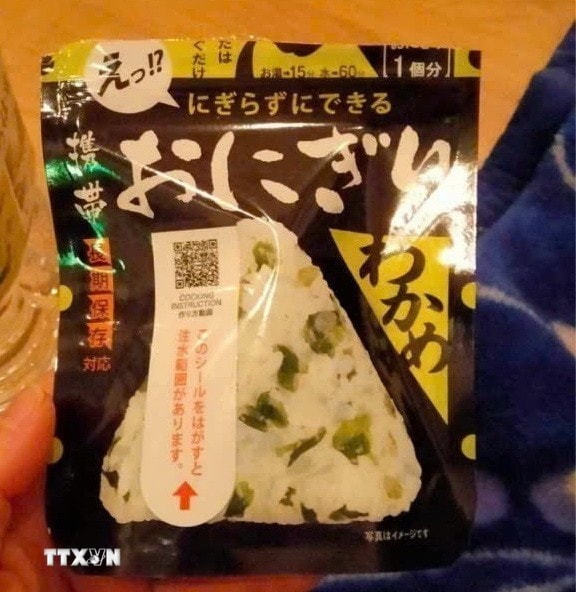
Agencies have encouraged people to build a "stockpile" of canned and packaged foods, continuously use and replenish the stockpile, and schedule themed saigaishoku dinners prepared under simulated disaster conditions.
In Japan, hardly a week goes by without tremors shaking some parts of the country.
Disasters always strike suddenly and are almost impossible to predict. Therefore, being ready to respond to disasters is a prerequisite. Prevention is better than cure.
TB (according to VNA)